Retro Replay Review
Gameplay
Hexen: Beyond Heretic builds on the fast-paced, action-oriented formula of its predecessor by introducing distinct character classes and a hub-based level structure that keeps you engaged and thinking. Early on, you choose between the Fighter, Cleric, or Mage—each boasting four unique weapons, differing movement speeds, and varying armor ratings. This choice isn’t just cosmetic; your selection profoundly affects how you tackle enemies, solve puzzles, and even manage resources throughout the campaign.
(HEY YOU!! We hope you enjoy! We try not to run ads. So basically, this is a very expensive hobby running this site. Please consider joining us for updates, forums, and more. Network w/ us to make some cash or friends while retro gaming, and you can win some free retro games for posting. Okay, carry on 👍)
The hallmark “hub” system replaces the linear progression seen in Heretic and other early FPS titles. Instead of completing levels in strict sequence, you explore interconnected “spoke” levels that all funnel back to a central hub. Portals between spokes and back to the hub encourage backtracking, which is rarely tedious thanks to well-designed puzzles that require you to ferry keys, activate switches, or manipulate the environment across multiple areas.
Beyond the standard run-and-gun action, Hexen introduces vertical looking, jumping, weather effects, destructible objects, and even earthquakes. These additions dramatically expand your tactical options: you can leap across chasms, topple pillars to block enemy paths, or trigger dynamic set-piece events via the flexible ACS scripting language. Combined with an inventory system that lets you carry health, keys, and magical items, the gameplay feels both familiar to FPS veterans and innovative for its era.
Graphics
Under the hood, Hexen runs on an enhanced DOOM engine, delivering moody environments and creative level geometry that outshine many of its contemporaries. Textures are richly detailed for 1995 standards, ranging from moss-covered stones in crypts to flickering torches in gothic castles. Weather effects such as fog, rain, and lightning strikes, coupled with dynamic light sources, lend an atmospheric weight to every area you explore.
Character and enemy sprites are well-animated, with each class’s weapons sporting distinctive visual flare—from the Cleric’s holy hammer crackling with energy to the Mage’s glowing projectile staff. Destructible trees, barrels, and vases not only look satisfying when shattered but also serve a functional purpose, sometimes revealing hidden passages or extra resources.
While modern gamers accustomed to high-definition textures and polygonal models may find Hexen’s visuals dated, there’s a nostalgic charm to its pixel art and clever use of sector-based geometry. Even today, dedicated source ports and graphic mods can sharpen textures and refine lighting, allowing the game to shine on modern displays without losing its original aesthetic.
Story
Hexen picks up in the wake of Heretic’s battle against the Serpent Rider D’Sparil, only to reveal that the remaining two Riders have invaded your realm and razed entire kingdoms. Against overwhelming odds, three human heroes survive the slaughter and set out to avenge their world by confronting Korax, the Serpent Rider still lurking in this dimension. Though the narrative unfolds mostly through brief text interludes and in-game triggers, it provides just enough context to motivate your quest through the dark and twisted realms.
Each class offers a subtly different perspective on the struggle: the noble Fighter yearns for straightforward combat, the devout Cleric sees Korax as an unholy abomination to be vanquished, and the cunning Mage treats this conflict as the ultimate test of arcane mastery. These role-playing flavors don’t change the core plot, but they do influence how you experience the world and approach challenges, adding replay value for those curious about each hero’s journey.
Complex scripted sequences powered by ACS scripting bring the story to life with dynamic traps, dramatic reveals, and atmospheric touches—earthquakes that shake your HUD, walls that crumble to reveal new corridors, and hidden alcoves that pop open when you least expect it. While Hexen never aspires to be an epic narrative heavyweight, its tightly focused revenge tale is the perfect backbone for the inventive level design and action that follow.
Overall Experience
Hexen: Beyond Heretic remains a standout title in the classic FPS library, expertly balancing visceral combat with environmental puzzles and memorable level design. The hub-based progression system keeps gameplay fresh, while the trio of playable classes invites multiple playthroughs and varied strategies. Whether you’re storming a haunted fortress as a heavily armored Fighter or weaving spells through a dank sewer as a fragile Mage, the core experience never feels repetitive.
Though its graphics and controls show their age, the game’s atmosphere and innovative mechanics hold up remarkably well. Fans of classic shooters will appreciate the careful mix of exploration, combat, and puzzle-solving, while newcomers can find plenty of challenge—and reward—in mastering each hero’s unique toolkit. Hexen’s brief but satisfying campaign can be completed in under ten hours, but its secrets, alternate routes, and hidden items will easily extend its lifespan for dedicated players.
For those interested in the evolution of the FPS genre or anyone seeking a dark fantasy romp with a dash of mysticism and plenty of spells, Hexen delivers a richly entertaining experience. It stands on its own merits as a worthy sequel to Heretic and a bold experiment in interactive level design—making it a must-play for fans of old-school shooters and fantasy enthusiasts alike.
 Retro Replay Retro Replay gaming reviews, news, emulation, geek stuff and more!
Retro Replay Retro Replay gaming reviews, news, emulation, geek stuff and more!
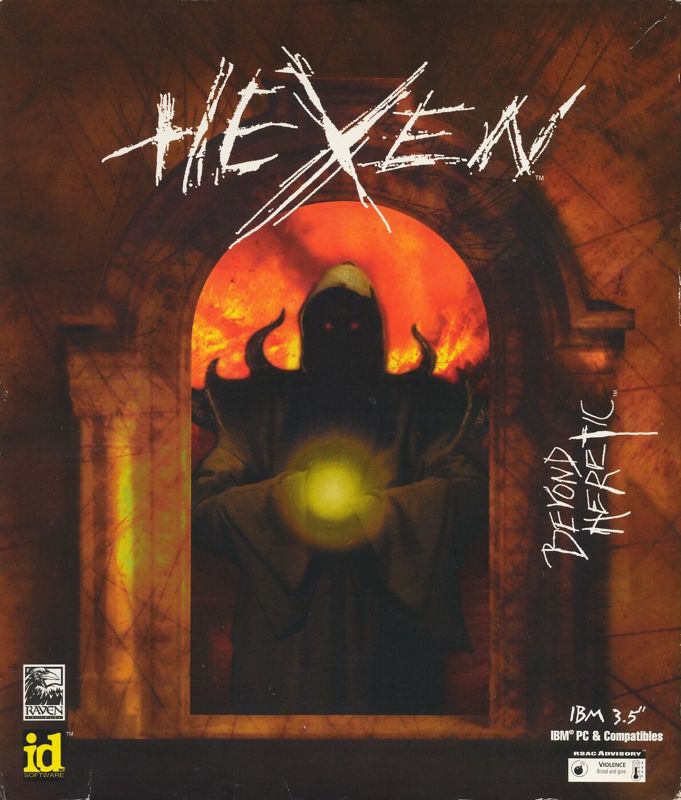
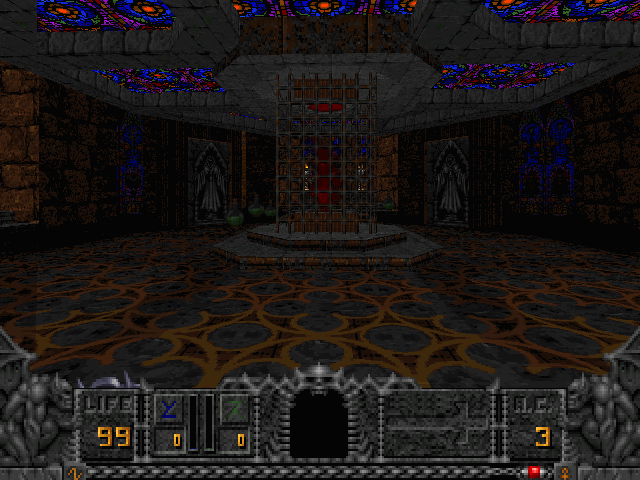
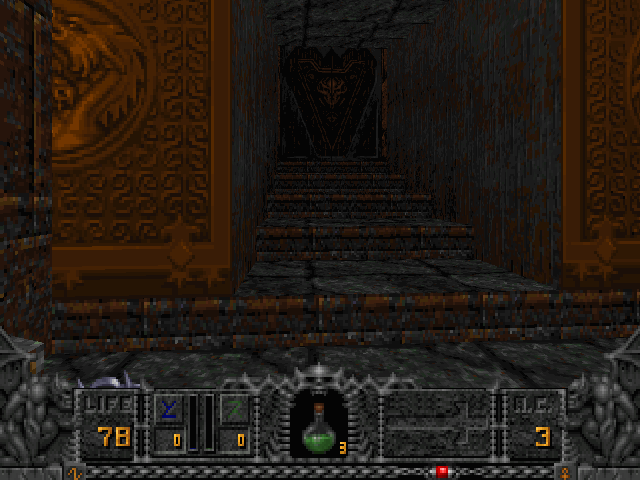
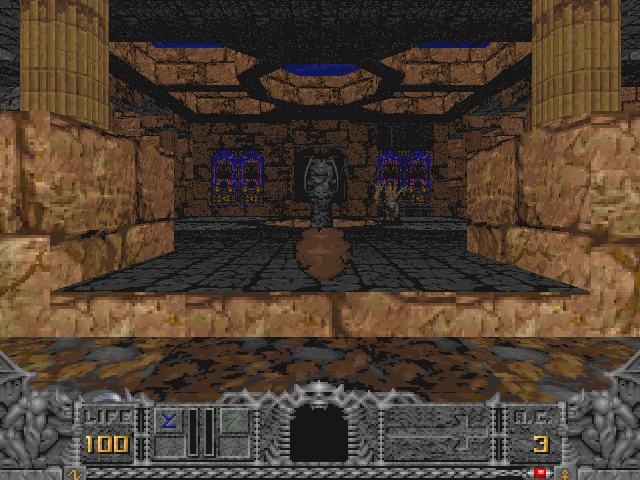
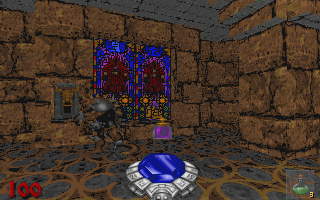
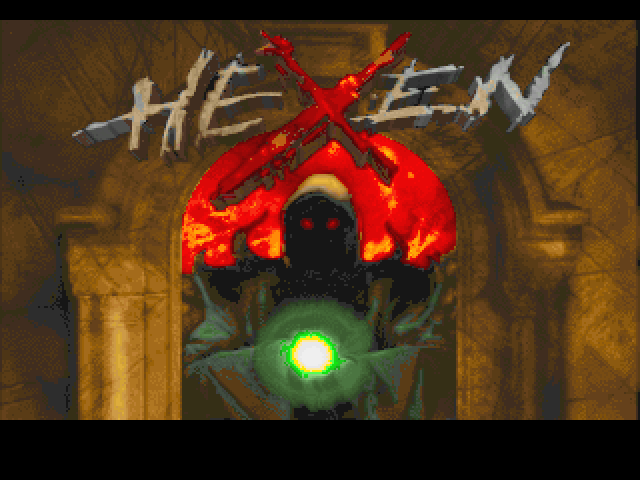



Reviews
There are no reviews yet.